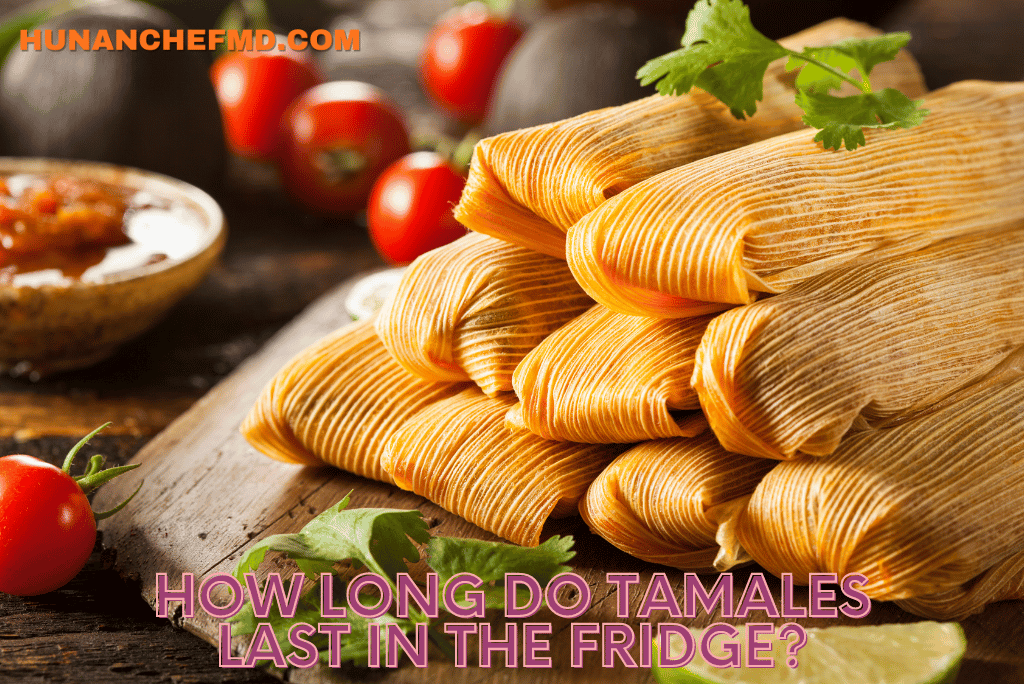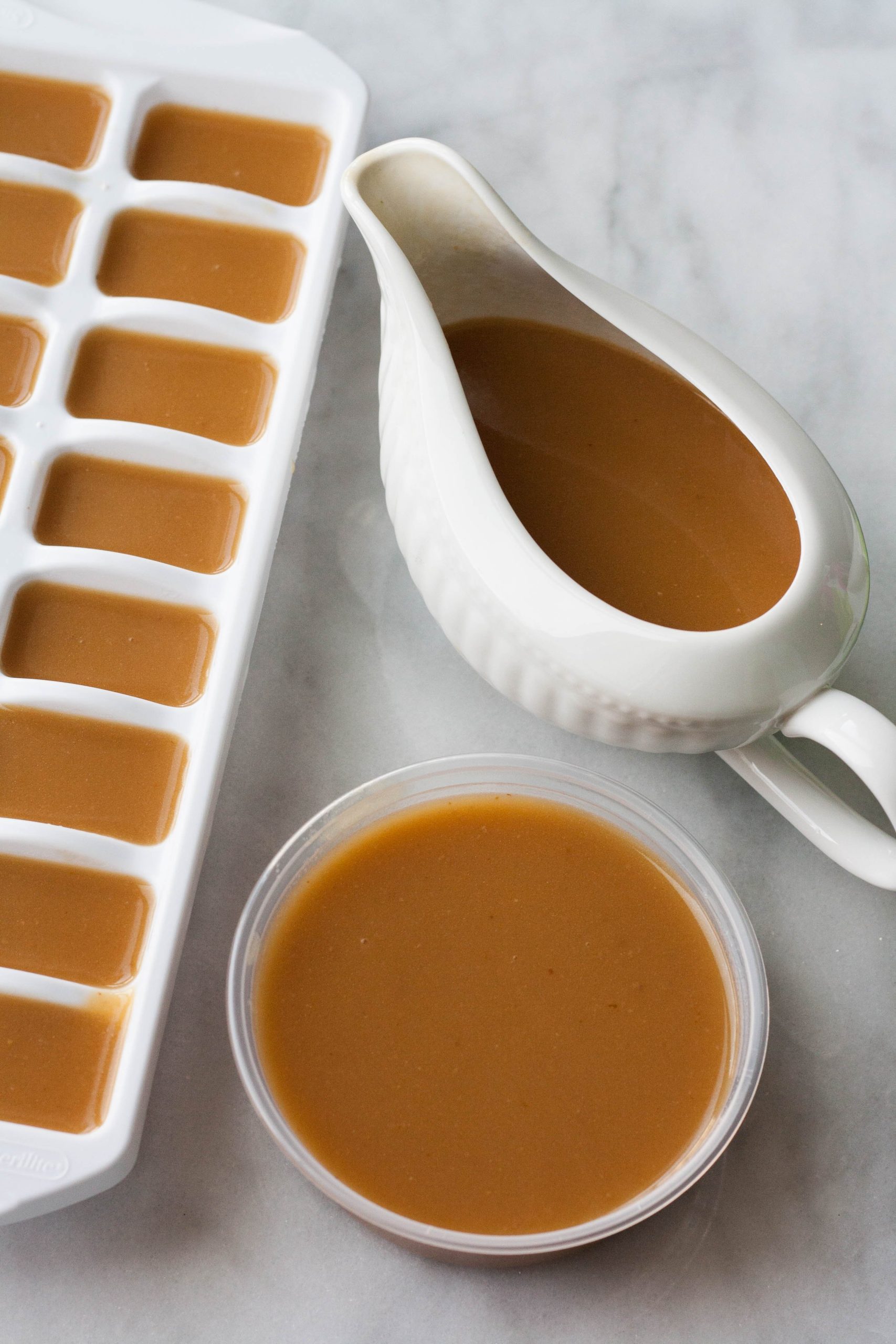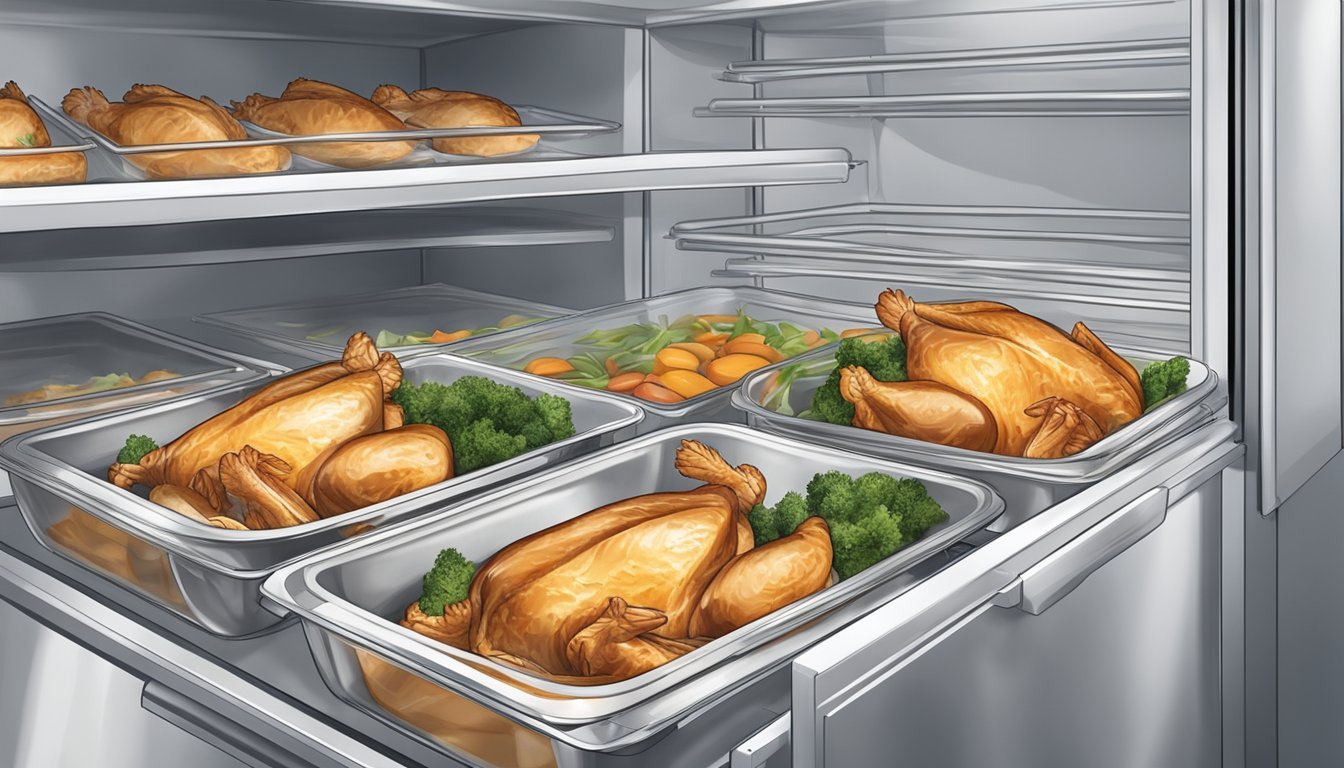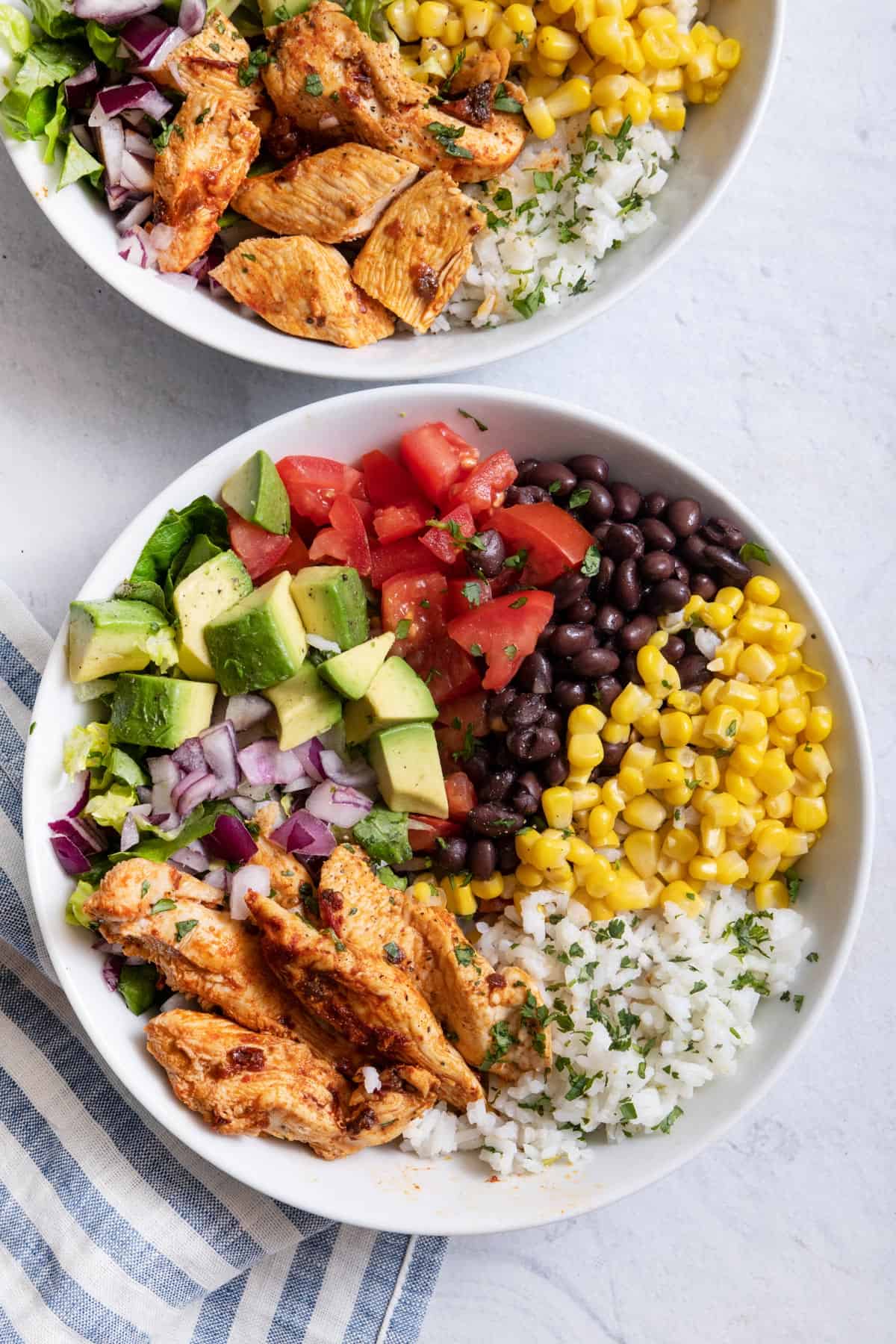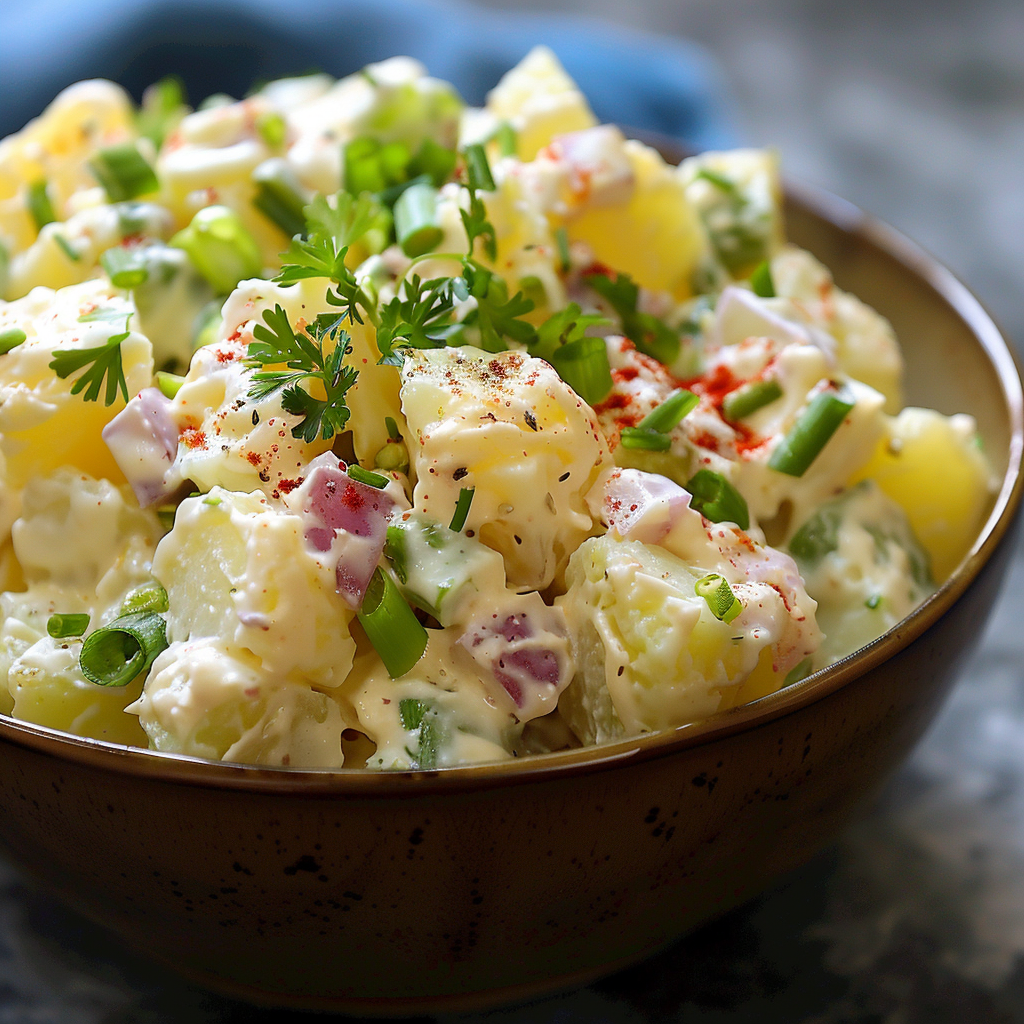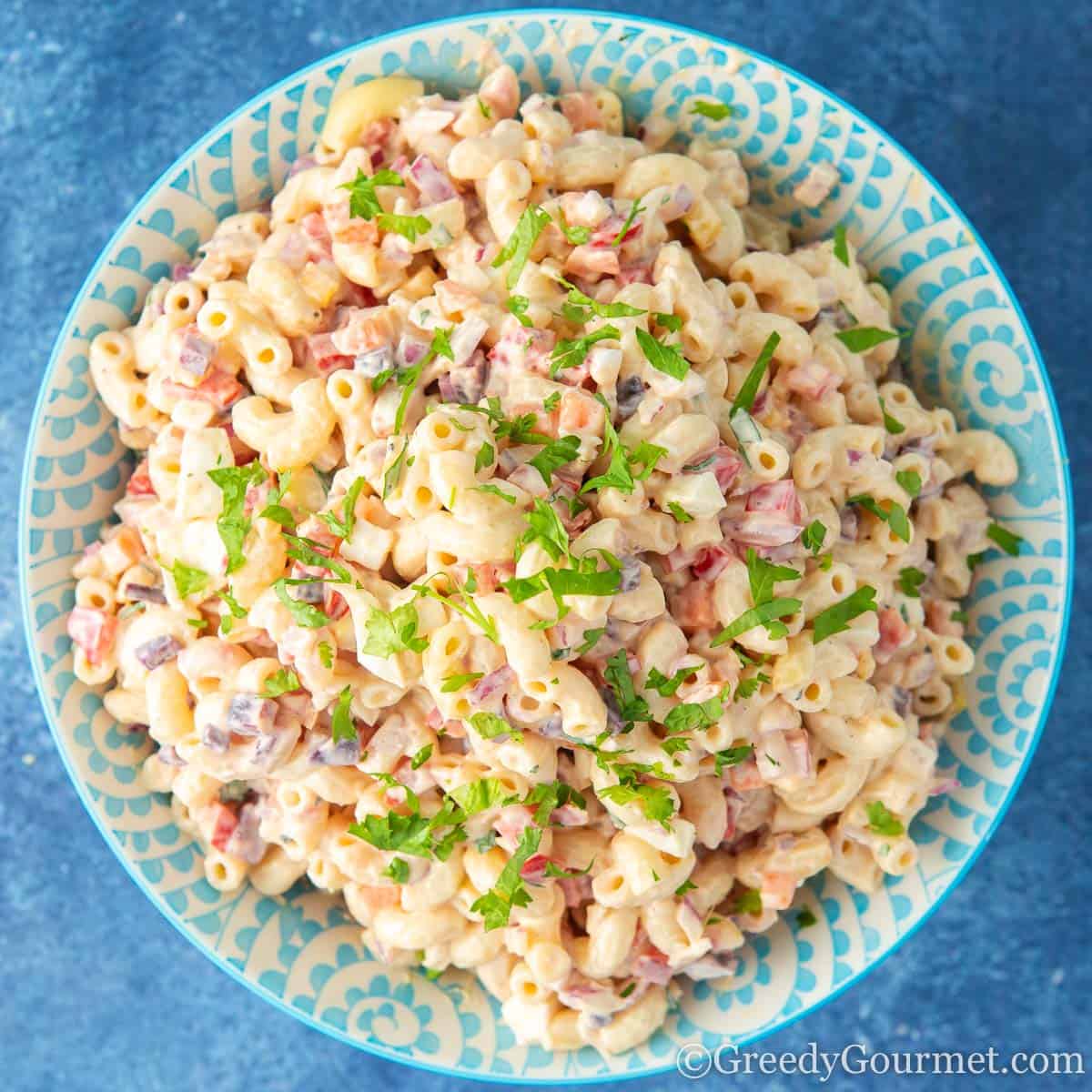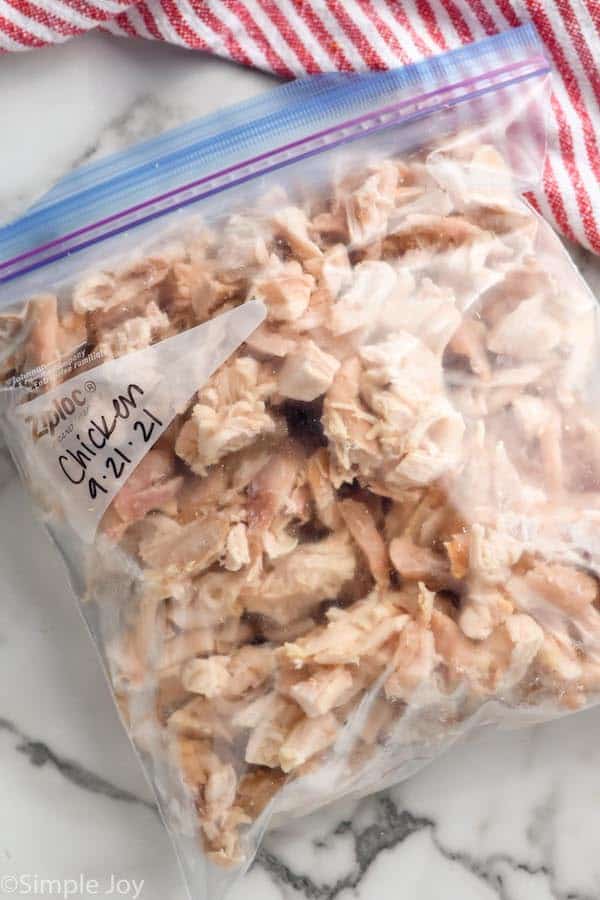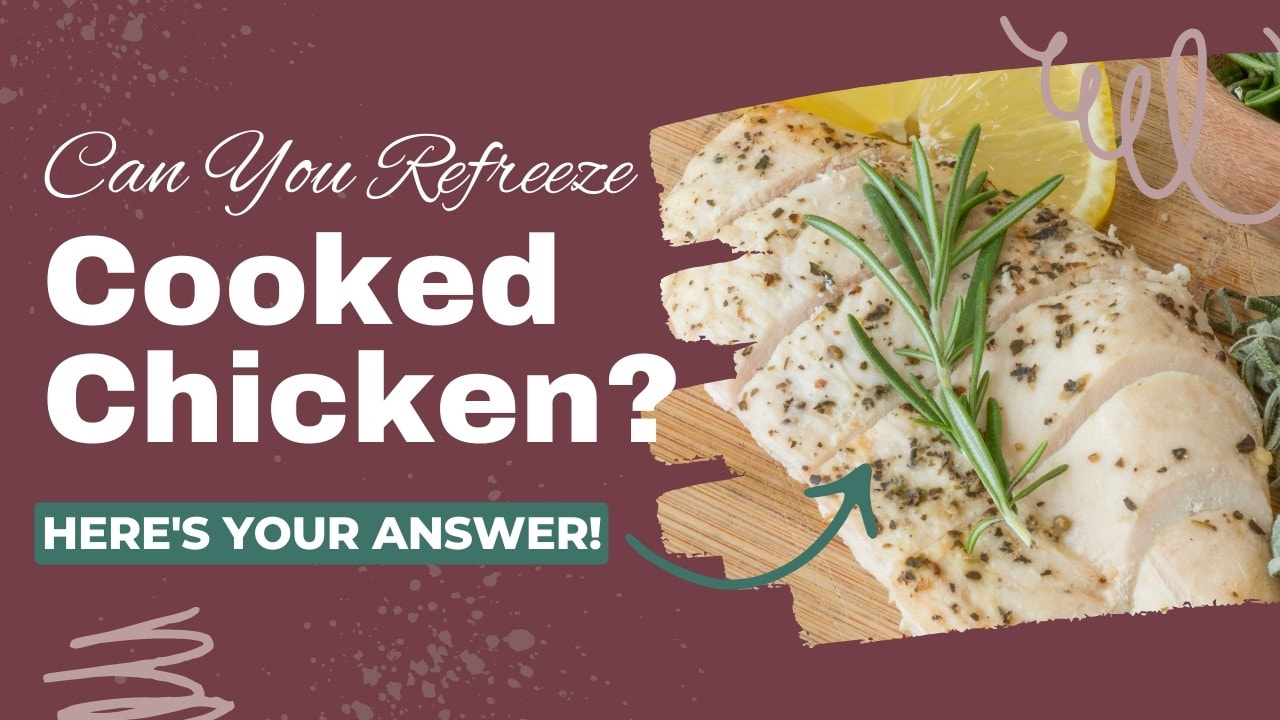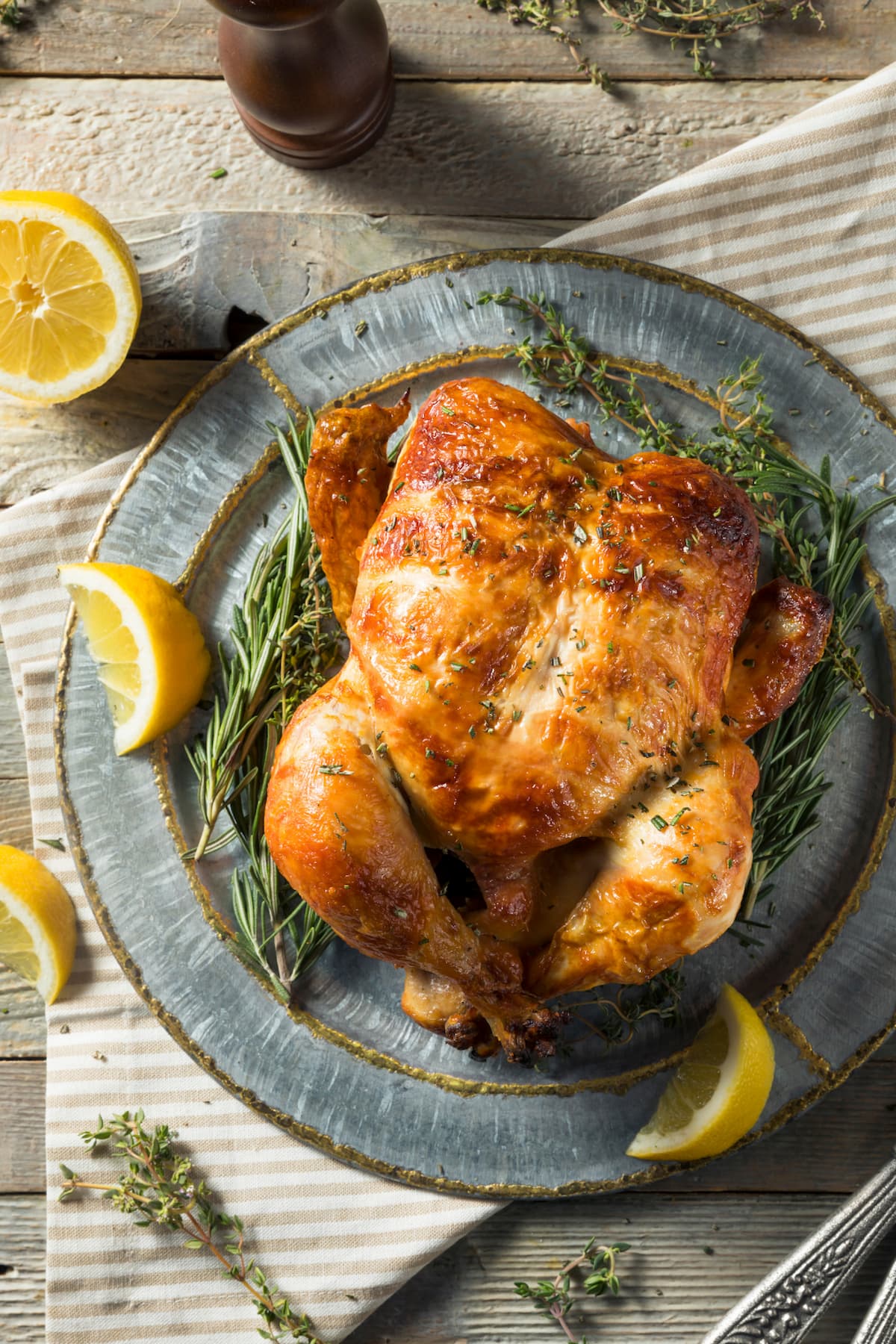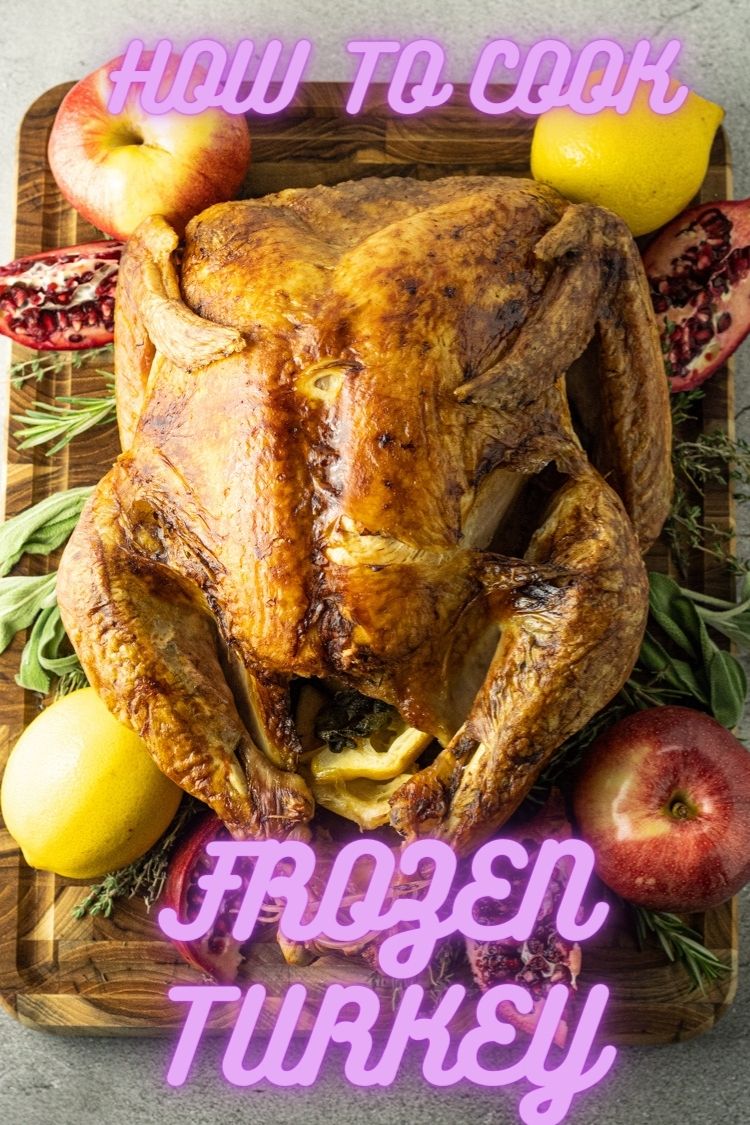How Long Do Tamales Last in the Fridge? Essential Storage Tips for Fresh Delights
– Leftover tamales can be safely stored in the freezer
– Raw tamales, if properly packaged, can also be stored in the freezer for about 6 months
– Tamales that have gone bad will have a different texture and a sour smell
– When thawing frozen tamales, it is recommended to do so in the refrigerator
– The recommended time for tamales to stay fresh in the freezer is 6 months
– Cooked tamales in the refrigerator last for 1 week
– Cooked and raw tamales frozen can last up to 6 months
– Raw tamales will remain fresh in the fridge for about 3 to 4 days
– Vegan and vegetarian tamales generally have a longer shelf life than meat-filled tamales
– It is important to prevent freezer burn when freezing tamales
– Tamales can be wrapped in plastic wrap and placed in a plastic bag or airtight container for freezing
– Frozen tamales can stay fresh in the freezer for about 6 months
– Tamales should be cooked within the next day or so for optimal freshness
